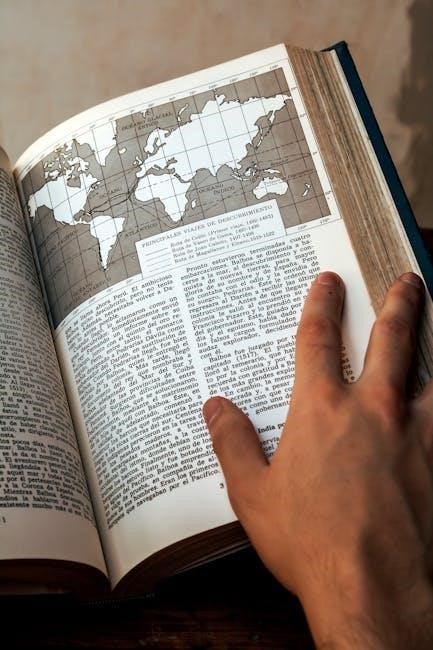Key Terms and Concepts
Key terms include Neo-Confucianism‚ Buddhism‚ dynastic systems‚ trade networks‚ and cultural traditions. These concepts shaped East Asia’s development‚ emphasizing harmony‚ governance‚ and intellectual advancements during the Song Dynasty.
- Neo-Confucianism: Emphasized moral values and social hierarchy.
- Buddhism: Influenced spiritual and cultural practices.
- Dynastic Systems: Centralized governance and bureaucratic structures.
- Trade Networks: Facilitated economic and cultural exchange.
- Cultural Traditions: Preserved heritage through art and literature.
1.1 Definitions of Key Terms
Understanding key terms is crucial for mastering AP World History Unit 1. Neo-Confucianism refers to a philosophical movement that blended Confucian principles with Buddhist and Taoist ideas‚ emphasizing moral values‚ education‚ and social hierarchy. Buddhism is a religion emphasizing spiritual enlightenment and the end of suffering through practices like meditation and non-violence. Dynastic systems involve hereditary rule‚ with power passed through family lines‚ shaping governance in China and other East Asian societies. Trade networks are systems connecting regions for the exchange of goods‚ ideas‚ and cultures‚ such as the Silk Road. Cultural traditions encompass practices‚ beliefs‚ and arts preserved and passed down through generations‚ reflecting a society’s identity. These terms are foundational for analyzing developments in East Asia during this period.
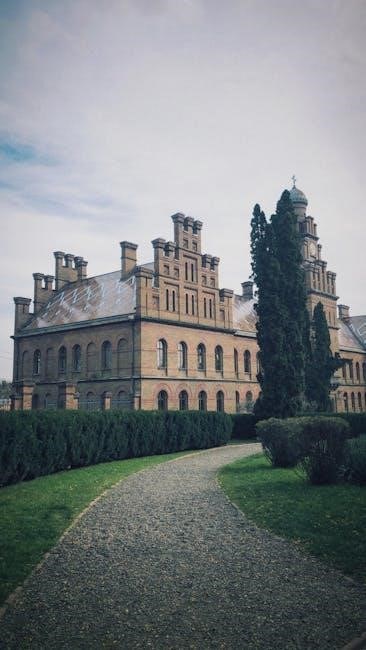
1.2 People and Events
Key figures and events in AP World History Unit 1 shaped East Asia’s trajectory. The Song Dynasty (960-1279) saw emperors like Emperor Taizong‚ who consolidated power and promoted cultural advancements. Zhu Xi‚ a prominent Neo-Confucian scholar‚ influenced education and governance. The Mongol invasions in the 13th century led to the Yuan Dynasty‚ impacting trade and politics. Kublai Khan established this dynasty‚ fostering cultural exchange. The Black Death affected East Asia‚ disrupting populations and economies. These events and leaders were pivotal in shaping the region’s political‚ cultural‚ and economic landscapes during this period.
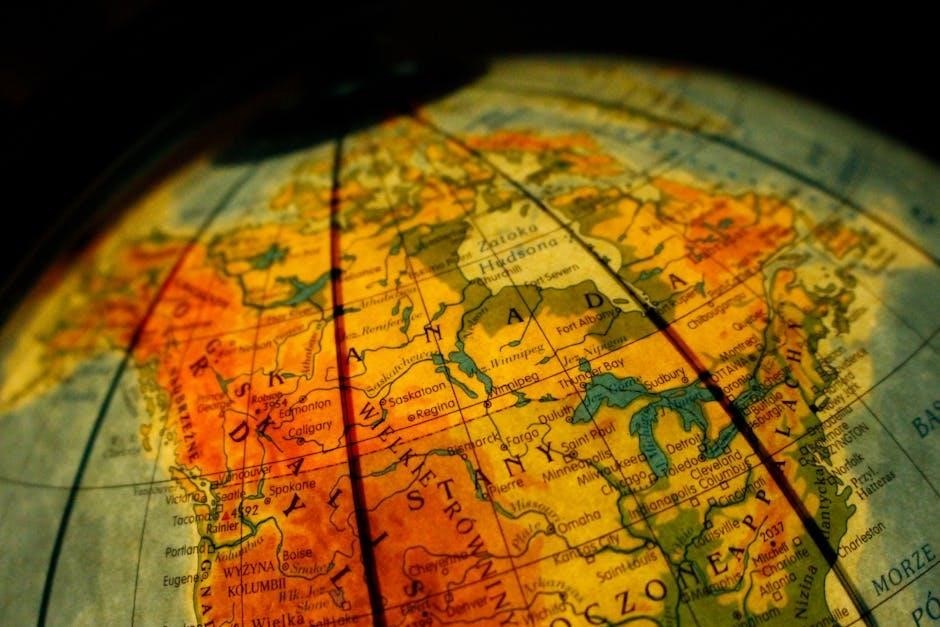
Historical Developments
The Song Dynasty (960-1279) and Mongol invasions (13th century) shaped East Asia. The Yuan Dynasty (1271-1368) followed‚ influencing trade‚ culture‚ and governance across the region.
2.1 Empires and States in Afro-Eurasia and the Americas
Diverse empires and states emerged across Afro-Eurasia and the Americas during 1200-1450. In Afro-Eurasia‚ the Mongol Empire expanded‚ creating the largest contiguous land empire in history‚ facilitating trade and cultural exchange through the Silk Road. Regional powers like the Delhi Sultanate in India and the Yuan Dynasty in China flourished. In the Americas‚ complex civilizations such as the Aztecs and Incas developed advanced political and agricultural systems. These empires and states often interacted through trade networks‚ religious exchanges‚ and occasionally conflict‚ shaping the global tapestry of the period.
2.2 Systems of Government in Chinese Dynasties
The Song Dynasty (960-1279) relied on a centralized bureaucratic system‚ emphasizing merit-based exams to select officials. This system‚ rooted in Neo-Confucian principles‚ ensured intellectual and moral qualifications for governance. The Yuan Dynasty (1271-1368)‚ established by Kublai Khan‚ adopted a dual administrative system‚ separating Mongol and Chinese officials. In contrast‚ the Ming Dynasty (1368-1644) restored ethnic Chinese rule‚ reinforcing centralized authority and the examination system. These systems ensured continuity in governance‚ blending tradition with practical administrative reforms‚ which helped maintain stability and cultural advancements across Chinese dynasties during this period.
- Song Dynasty: Merit-based exams and bureaucracy.
- Yuan Dynasty: Dual administrative system.
- Ming Dynasty: Centralized authority and restored traditions.
Cultural and Religious Developments
Neo-Confucianism and Buddhism flourished‚ shaping East Asia’s cultural identity. These philosophies emphasized moral values‚ education‚ and spiritual growth‚ influencing art‚ literature‚ and societal norms during the period.
3.1 Role of Neo-Confucian Principles in East Asia
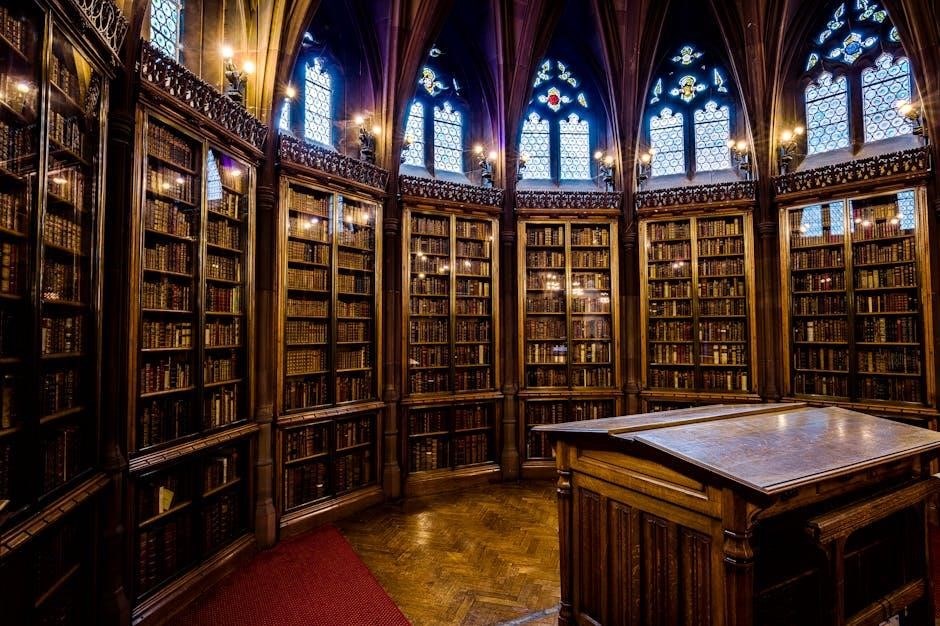
Neo-Confucian principles deeply influenced East Asian societies‚ particularly in China‚ Korea‚ and Japan. Emphasizing moral values‚ education‚ and social hierarchy‚ Neo-Confucianism became a cornerstone of governance and culture. It stressed the importance of filial piety‚ respect for authority‚ and the cultivation of virtues. This philosophical framework shaped educational systems‚ promoting scholars and bureaucrats who adhered to Confucian ideals. By integrating with Buddhism and other traditions‚ Neo-Confucianism created a harmonious societal structure‚ fostering stability and intellectual growth during the Song Dynasty and beyond. Its impact extended to art‚ literature‚ and political systems‚ leaving a lasting legacy in East Asian civilization.
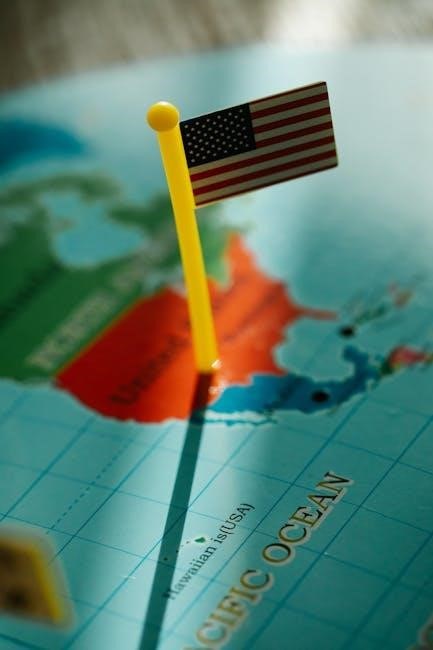
3.2 Spread of Buddhism and Its Impact
Buddhism spread extensively across East Asia‚ profoundly influencing culture‚ philosophy‚ and daily life. Originating in India‚ it reached China via the Silk Road‚ where it blended with local traditions. Buddhist teachings emphasized compassion‚ non-violence‚ and spiritual enlightenment‚ resonating with diverse populations. Monasteries became centers of learning‚ preserving texts and fostering education. Art and architecture flourished‚ with stupas and statues symbolizing Buddhist ideals. In Japan and Korea‚ Buddhism integrated with indigenous beliefs‚ shaping rituals and societal norms. Its emphasis on morality and self-discipline complemented Confucian values‚ creating a harmonious coexistence. Buddhism also inspired literary and artistic expressions‚ leaving a lasting legacy in East Asian civilizations.
Trade Networks and Economic Systems
Major trade networks like the Silk Road and maritime routes connected East Asia‚ the Middle East‚ Africa‚ and Europe‚ facilitating the exchange of spices‚ textiles‚ and porcelain. The Song Dynasty introduced economic innovations such as paper money and advanced agricultural techniques‚ stimulating regional trade and cultural exchange.
4.1 Major Trade Networks During the Period
The period saw the flourishing of extensive trade networks‚ including the Silk Road and maritime routes‚ which connected Afro-Eurasia and the Americas. These networks facilitated the exchange of goods such as spices‚ textiles‚ and porcelain. The Indian Ocean trade network linked East Africa‚ the Middle East‚ and South Asia‚ while the Mediterranean Sea connected Europe‚ North Africa‚ and the Byzantine Empire. The Silk Road‚ spanning Central Asia‚ was a vital conduit for trade between China‚ the Islamic world‚ and Europe. These networks also enabled the spread of ideas‚ religions‚ and technologies‚ fostering cultural and economic interconnectedness across vast regions. They played a crucial role in the economic prosperity of empires and states during this era.
4.2 Economic Innovations of the Song Dynasty
The Song Dynasty introduced remarkable economic innovations that propelled China’s prosperity. The establishment of a centralized banking system and the issuance of paper currency‚ known as jiaozi‚ revolutionized finance. This facilitated trade and reduced reliance on heavy metal currencies. Additionally‚ advancements in agriculture‚ such as the use of fertilizers and improved irrigation techniques‚ led to increased food production and population growth. The dynasty also promoted industrialization‚ with state-sponsored enterprises in textiles‚ ceramics‚ and steel. Maritime trade flourished‚ with the development of the compass and improved shipbuilding techniques enhancing naval capabilities. These innovations not only strengthened the economy but also set a precedent for future dynasties‚ making the Song Dynasty a period of significant economic transformation and growth.
Study Tips and Resources
Utilize comprehensive study guides‚ create detailed timelines‚ and use online resources like PDFs for in-depth analysis. Focus on key terms and concepts for better retention.
5.1 How to Approach Unit 1 for the AP Exam
To excel in Unit 1‚ focus on understanding key themes like cultural developments and trade networks. Analyze primary sources and practice essay questions. Review historical developments and systems of governance to identify patterns and changes over time. Utilize study guides and detailed timelines to organize information effectively. Engage with online resources‚ such as PDFs and review packets‚ to deepen your understanding of topics like the Song Dynasty and Neo-Confucianism. Regularly test your knowledge with practice questions and seek feedback to address weaknesses. By mastering these strategies‚ you’ll be well-prepared for the exam.
5.2 Recommended Study Guides and Materials
For comprehensive preparation‚ utilize the 64-page PDF study guide covering all units‚ with a focus on Unit 1. Supplement with online review packets and practice questions. Flashcards can help memorize key terms like Neo-Confucianism and dynastic systems. Join study groups or forums to discuss complex topics. Regularly review timelines and historical developments to identify patterns. Use the AP Classroom platform for personalized progress checks. Prioritize analyzing primary sources and essays to refine writing skills. Consider consulting textbooks like “Ways of the World” for in-depth insights. By combining these resources‚ you’ll build a robust foundation for mastering Unit 1 content.

Key Dates and Events
Key dates include the Song Dynasty (960-1279)‚ Mongol invasions (13th century)‚ and the Black Death (mid-14th century). Marco Polo’s travels (1271-1295) and the fall of the Yuan Dynasty (1368) are significant events shaping global connections.
6.1 Timeline of Major Developments (1200-1450)
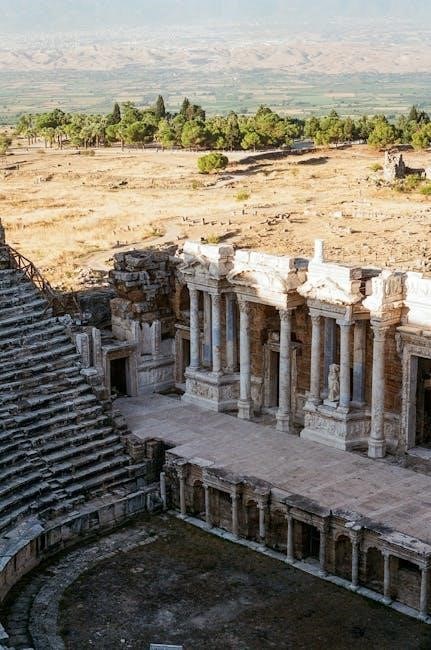
The period from 1200 to 1450 saw significant developments across Afro-Eurasia and the Americas. Key events include the rise of the Song Dynasty in China (960-1279)‚ the Mongol invasions (1215-1368)‚ and the Black Death (1346-1353)‚ which devastated Eurasia. Marco Polo’s travels (1271-1295) facilitated cultural exchange‚ while the Ming Dynasty (1368-1644) began in China. In Europe‚ the Renaissance emerged in the 14th century‚ and the Ottoman Empire expanded. The Aztec and Inca civilizations flourished in the Americas‚ and the Great Zimbabwe Empire rose in Africa. These events shaped global connections‚ trade‚ and cultural transformations during this era.
- 1200: Song Dynasty’s economic and cultural advancements peak.
- 1215: Mongol Empire begins expansion under Genghis Khan.
- 1271-1295: Marco Polo travels to Asia‚ documenting trade routes.
- 1320s: Mansa Musa’s pilgrimage highlights Mali’s wealth.
- 1346-1353: Black Death devastates Europe and Asia.
- 1368: Ming Dynasty begins in China‚ ending Mongol rule.
- 1400s: Renaissance begins in Europe.
- 1438: Inca Empire expands under Pachacuti.
6.2 Significant Battles and Treaties

Notable battles and treaties shaped global politics and economies from 1200 to 1450. The Battle of Ain Jalut (1260) halted Mongol expansion in the Middle East‚ while the Battle of Agincourt (1415) showcased English military tactics during the Hundred Years’ War. The Treaty of Brétigny (1360) ended the first phase of the Hundred Years’ War. In Asia‚ the Battle of Kulikovo (1380) marked a turning point for Muscovy against the Mongols. These events influenced state formation‚ territorial control‚ and cultural shifts‚ defining the geopolitical landscape of the era.
- 1260: Battle of Ain Jalut stops Mongol advance.
- 1360: Treaty of Brétigny between England and France.
- 1380: Battle of Kulikovo aids Muscovy’s rise.
- 1415: Battle of Agincourt highlights English longbow tactics;

Focus on Continuity and Change
Continuity in governance systems‚ like China’s bureaucracy‚ coexisted with changes from Mongol invasions. Cultural practices evolved‚ blending traditional religions with new philosophies‚ reflecting dynamic transformations across Afro-Eurasia.
7.1 Continuity in Government Systems
Government systems in East Asia demonstrated notable continuity‚ particularly in China‚ where the centralized bureaucracy and civil service exams persisted. The Song Dynasty’s reliance onNeo-Confucian principles reinforced this stability‚ while the Ming Dynasty later revived similar administrative structures. Despite Mongol rule‚ the Yuan Dynasty adopted existing frameworks‚ ensuring continuity in governance. The enduring use of a centralized imperial system‚ with its emphasis on hierarchy and meritocracy‚ highlights how these systemsadapted to maintain order and legitimacy. These practices not only preserved cultural identity but also ensured administrative efficiency‚ reflecting the resilience of traditional governance in the face of political change.
7.2 Changes in Cultural and Religious Practices
Cultural and religious practices in East Asia evolved significantly‚ influenced by internal developments and external exchanges. The Song Dynasty saw a resurgence of Neo-Confucianism‚ which reshaped education and societal values. Buddhism‚ while remaining influential‚ faced competition from this revival. In contrast‚ the Mongol invasions introduced new religious and cultural elements‚ such as Tibetan Buddhism in China. The Ming Dynasty later emphasized a return to traditional Confucian practices‚ reflecting a dynamic interplay between continuity and change. These shifts highlighted the region’s adaptability and the blending of diverse traditions‚ creating a rich tapestry of cultural and religious expressions that defined the era.
